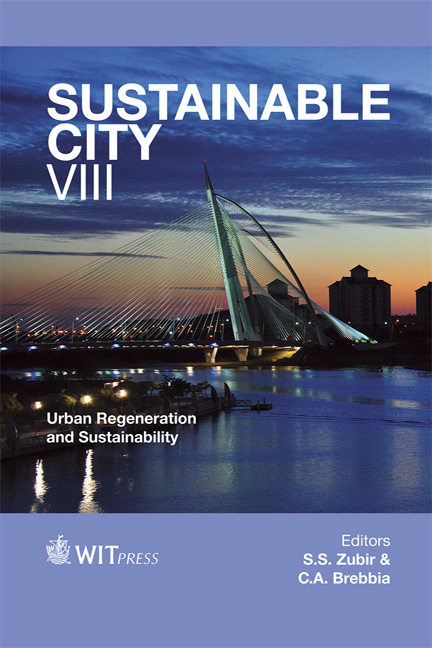Methodology For Development Of A Seaport: The Case Study Of Kozhikode Seaport (India)
Price
Free (open access)
Transaction
Volume
179
Pages
12
Page Range
1055 - 1066
Published
2013
Size
412 kb
Paper DOI
10.2495/SC130902
Copyright
WIT Press
Author(s)
V. Ansu & M. V. L. R. Anjaneyulu
Abstract
At present, bigger vessels anchor in the outer sea at Beypore seaport, Kozhikode due to inadequate draught. Smaller vessels transport the freight from these bigger vessels to the harbor resulting in unnecessary expenditure. Thus, many commodities are diverted to the nearby major ports resulting in needless traffic on the highways connecting these ports increasing traffic congestion and accidents. Hence the development of Kozhikode seaport is essential in order to enable bigger vessels to berth. Stated preference surveys conducted to estimate the future traffic after development estimated that the freight traffic will multiply 15 fold, resulting in a tremendous increase in seaport revenue, huge profits for the shippers and massive benefits to society. The facilities needed at the seaport were estimated by queuing theory. The cost benefit analysis revealed that the project is viable and results in a sustainable future. Keywords: planning and development of seaport, sustainable transportation.
Keywords
Keywords: planning and development of seaport, sustainable transportation.





